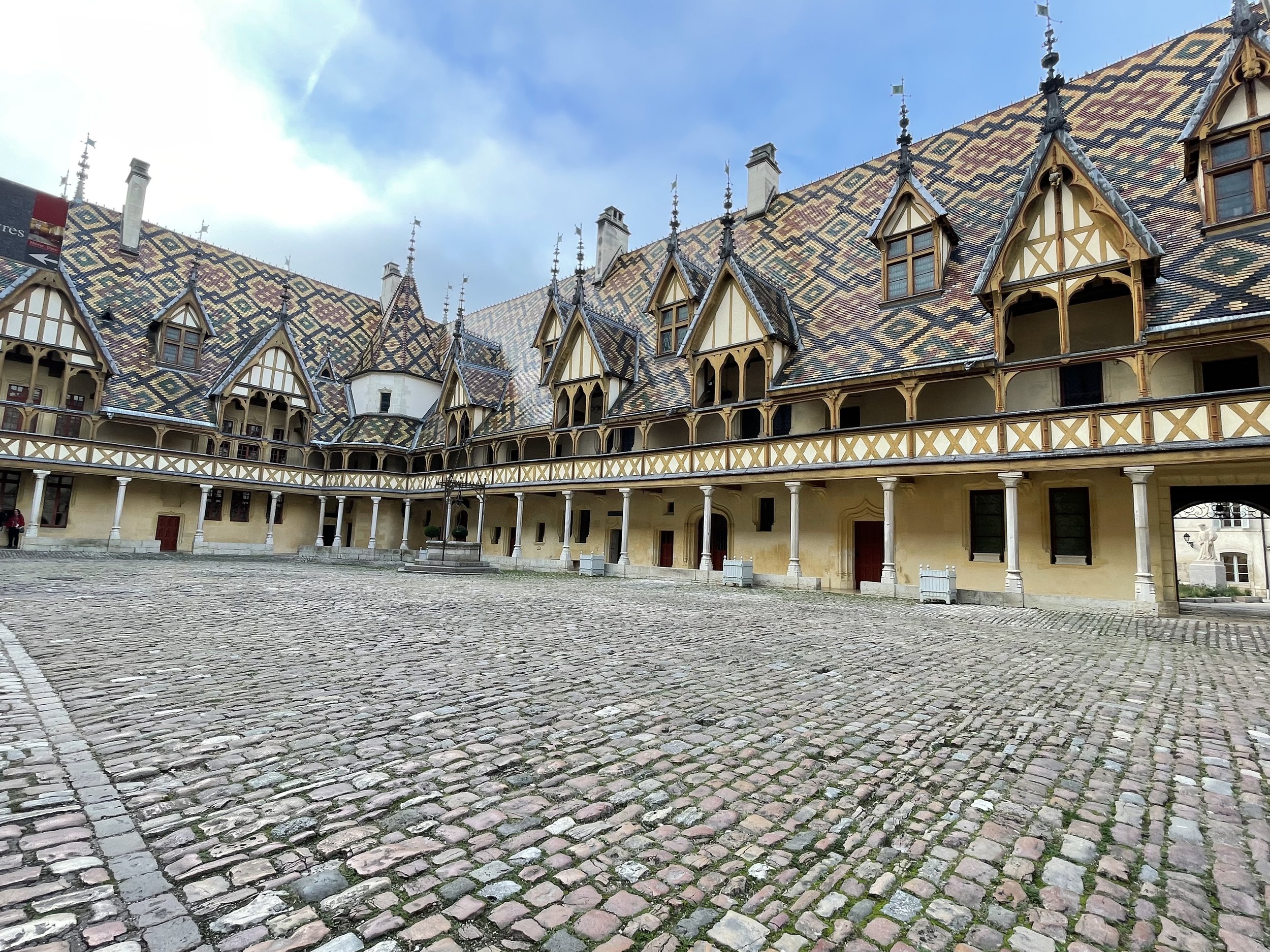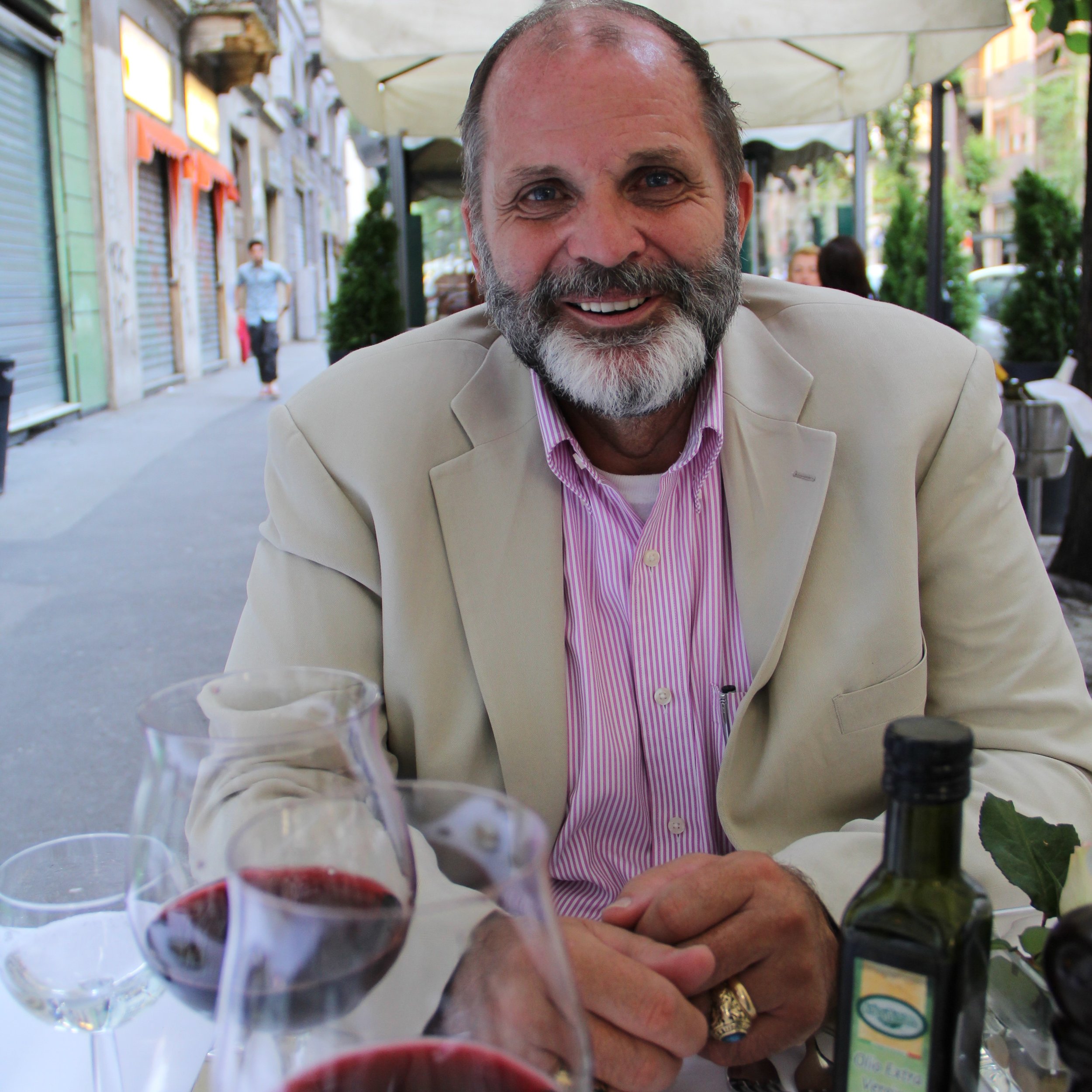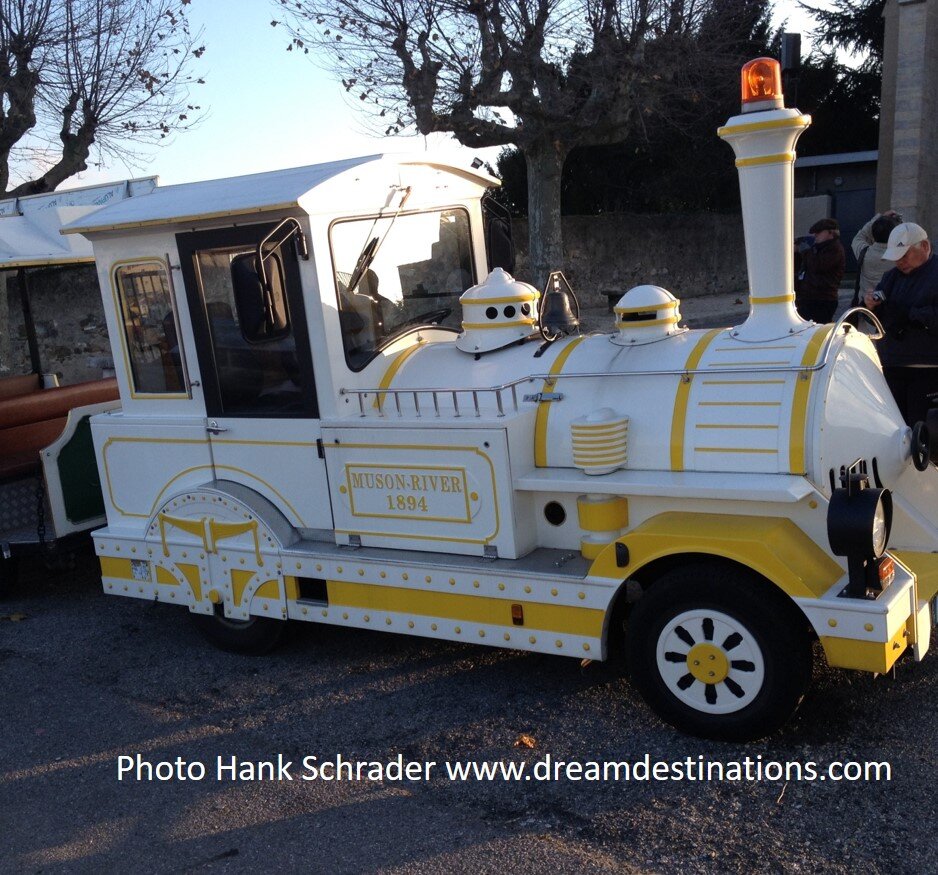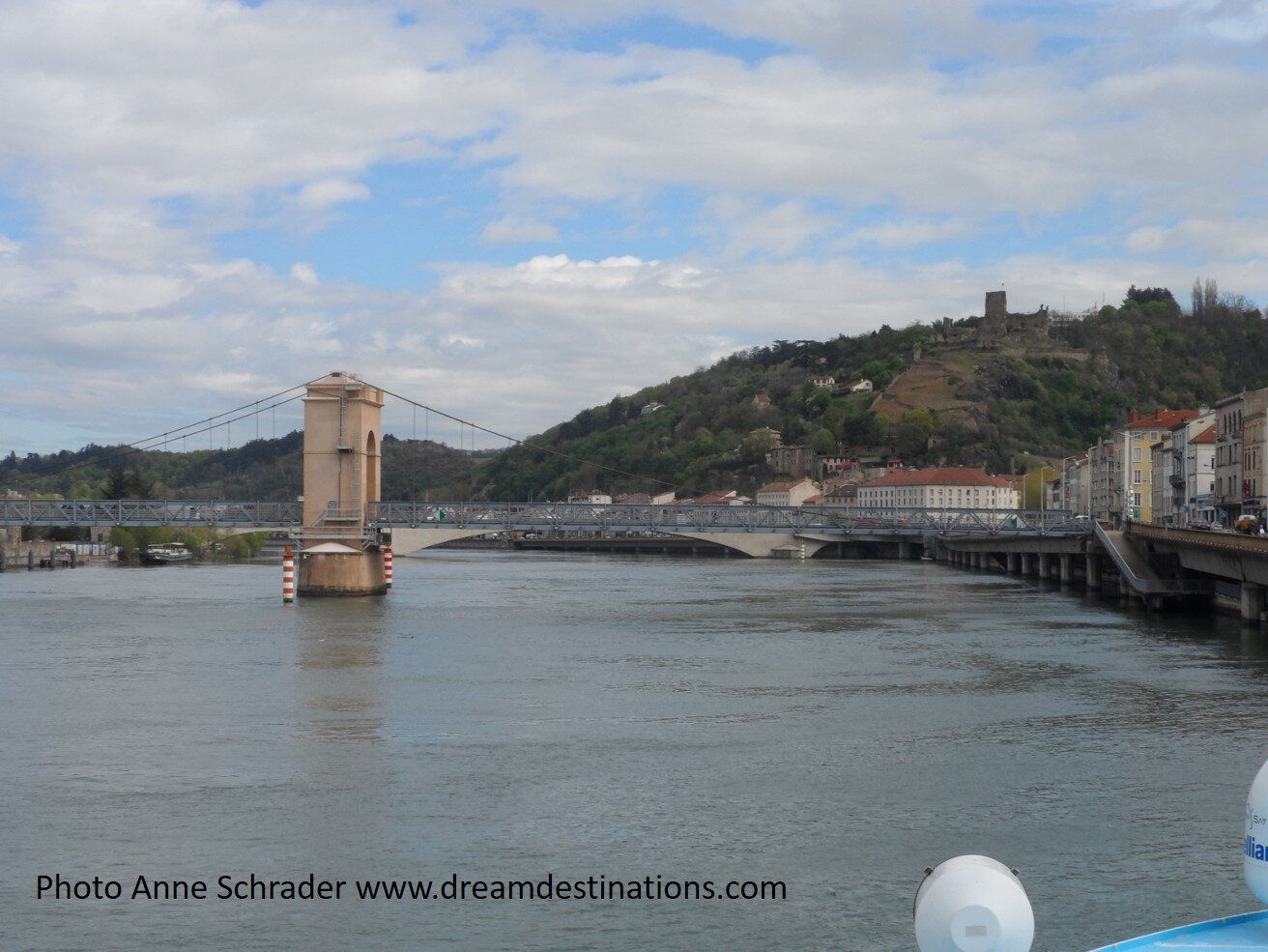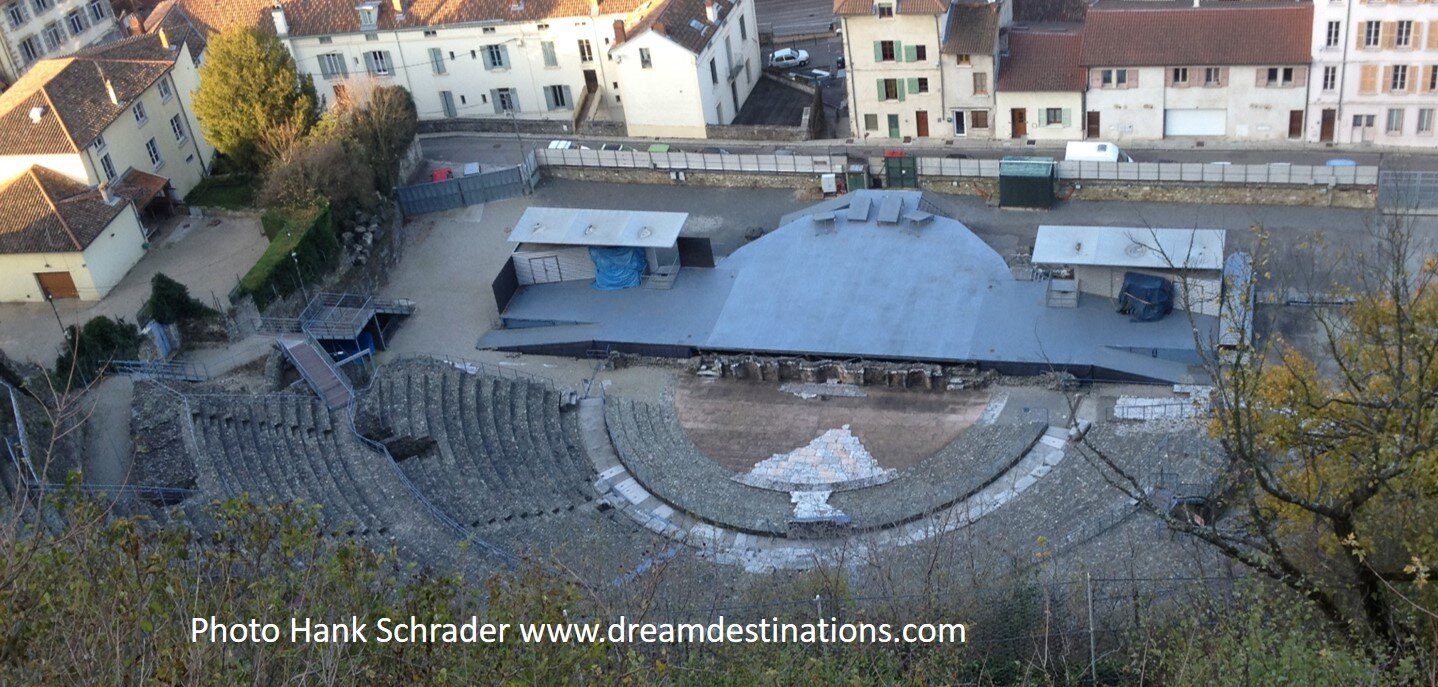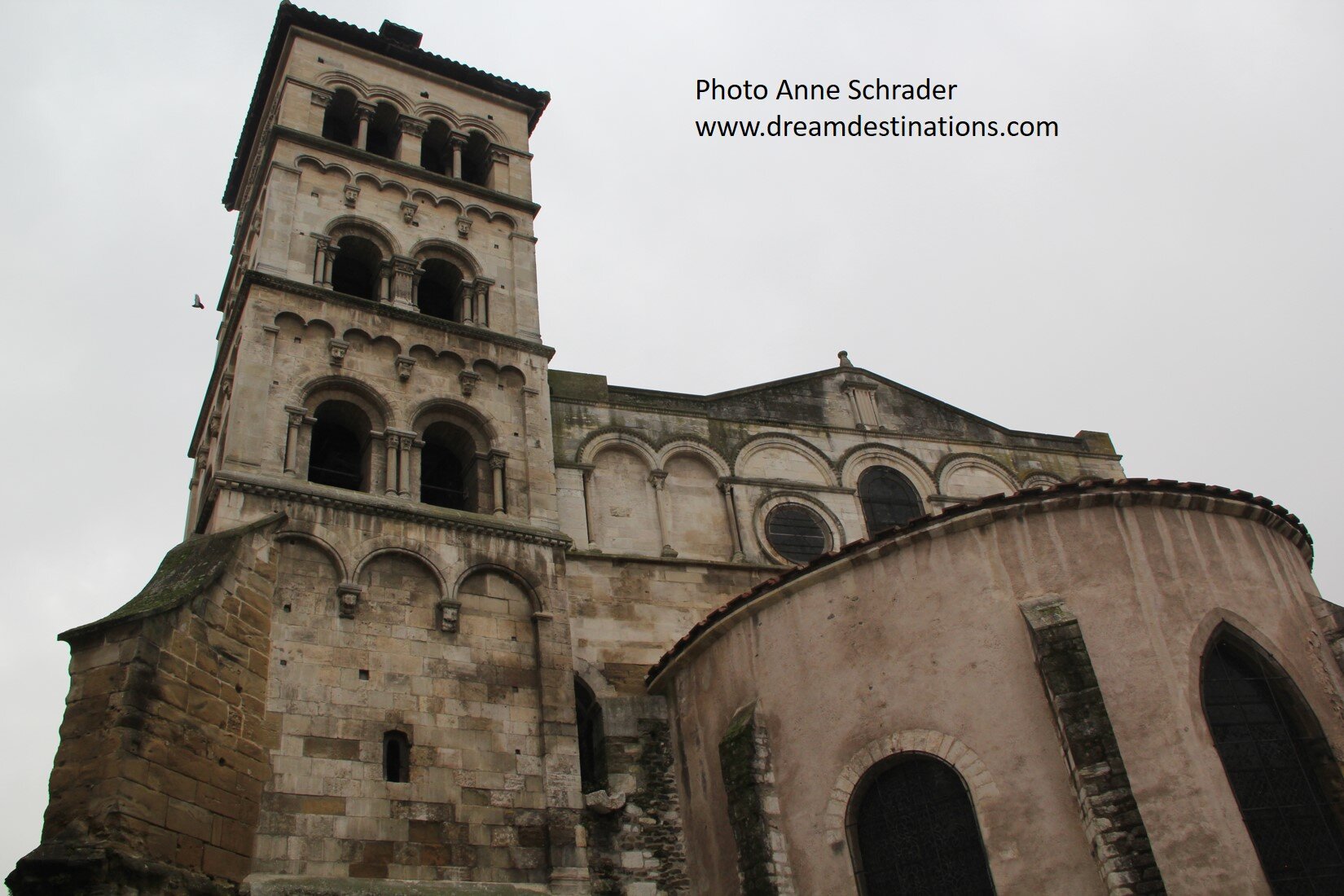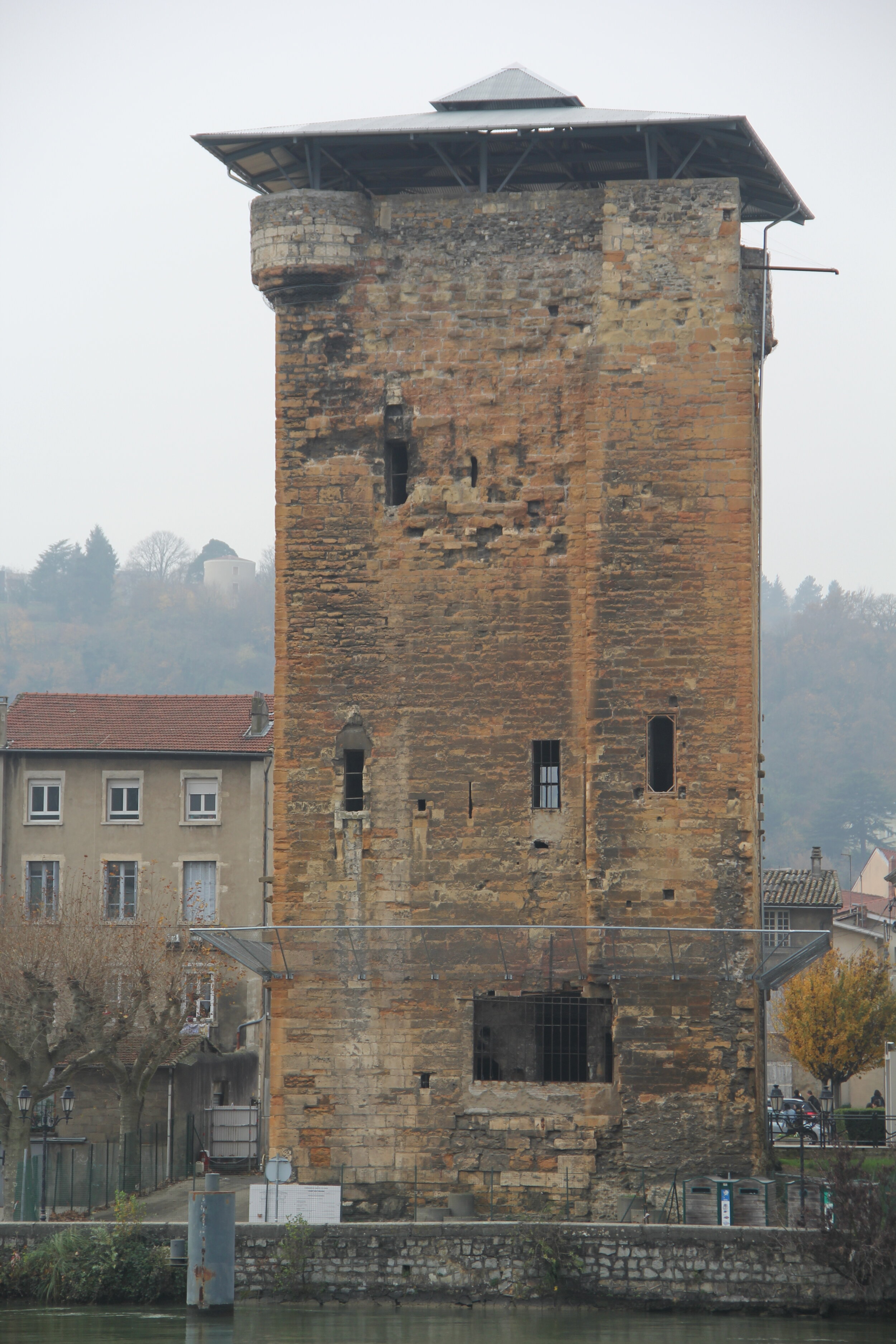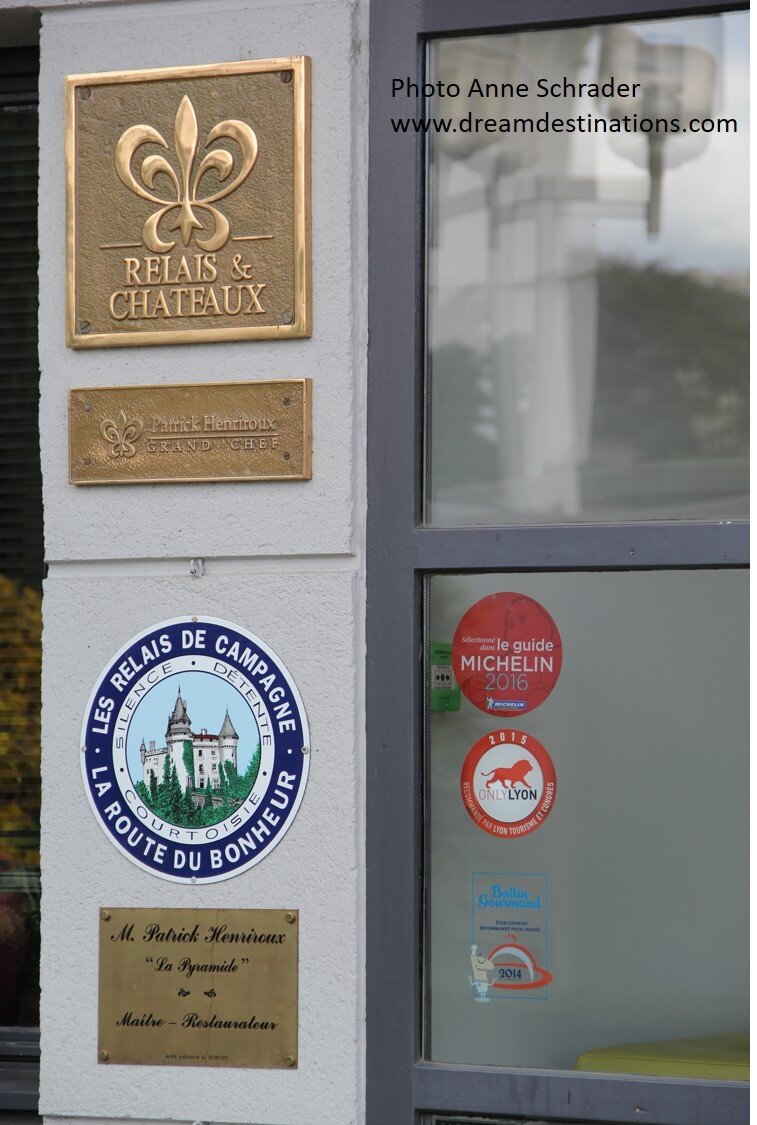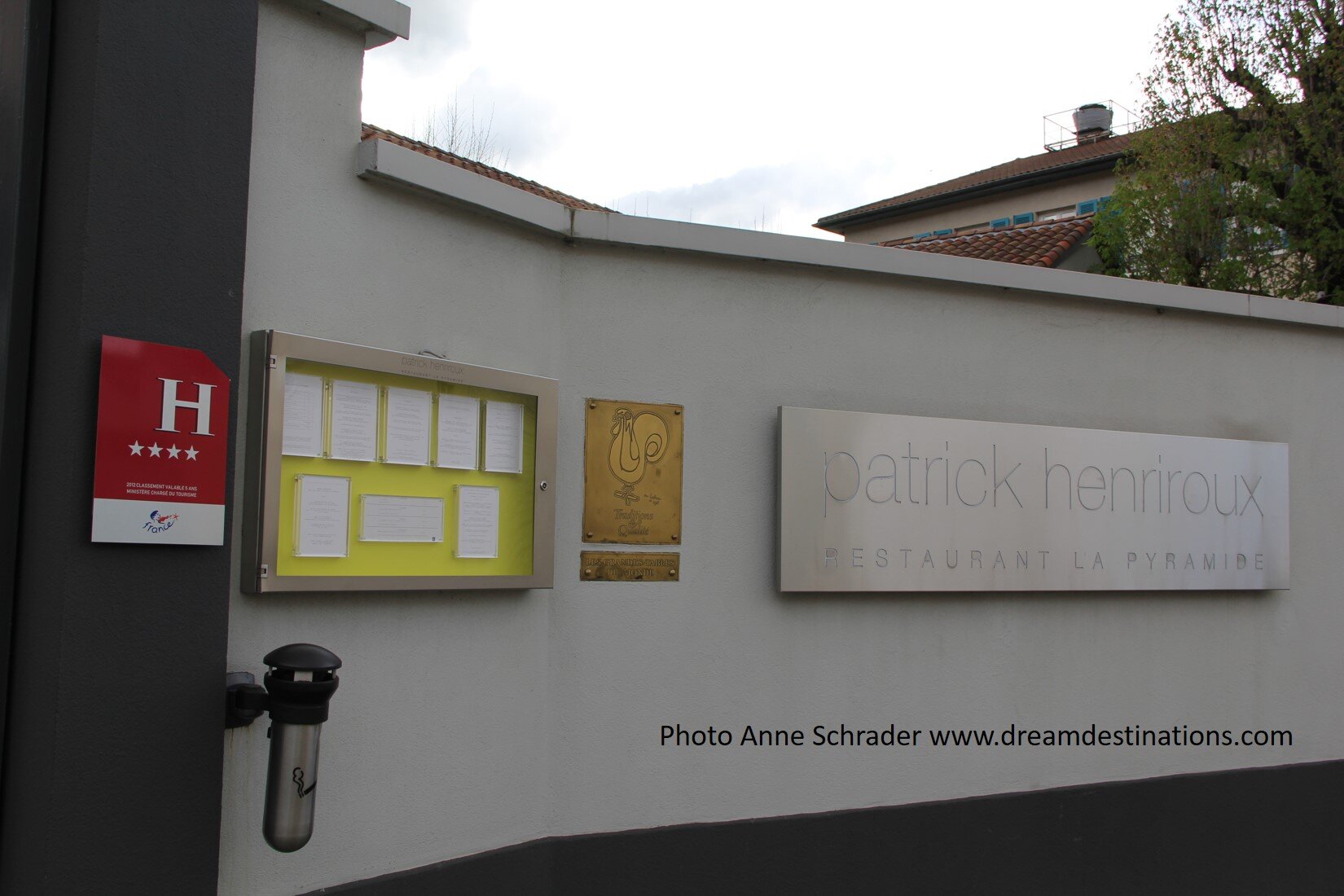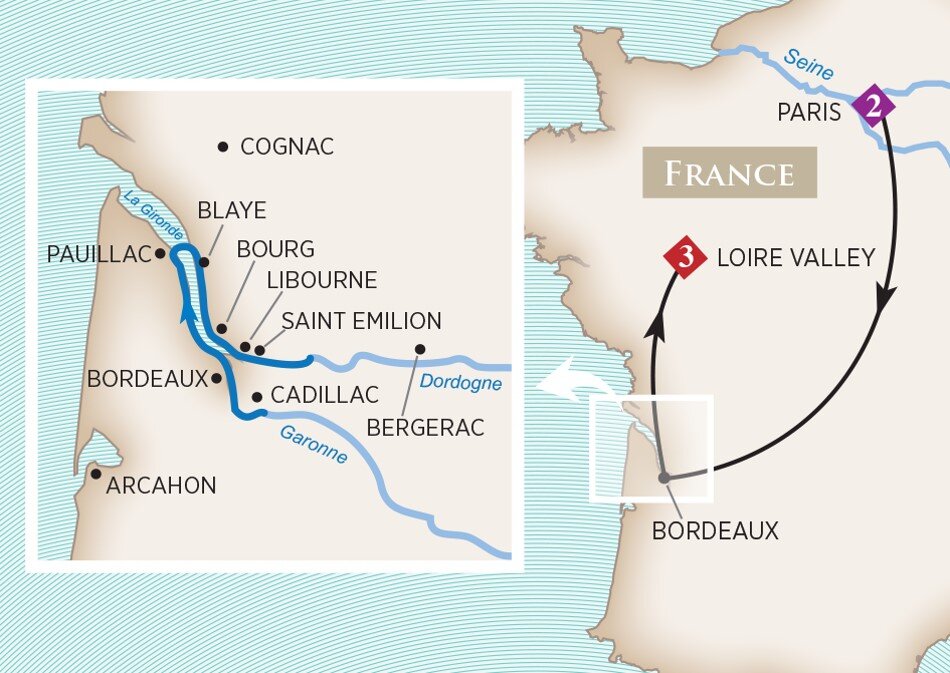Beaune’s Hotel Dieu
Hank Schrader, USMA '71, Europe Destination & Europe River Cruise Expert
Anne Schrader, Certified Travel Counselor & Certified Luxury Cruise Specialist
We just finished escorting some great clients on an AmaWaterways river cruise. The route was the Essence of Burgundy & Provence. In Burgundy, I took a tour to the famous Hotel Dieu.
This stunning place was a medieval charity hospital. It was commissioned and paid for by Nicolas Rolin, the chancellor of Burgundy and his wife, Guigone de Salins. Construction started in 1443 and was completed 8 years later.
So, let’s explore together and learn about one of the best-preserved medieval buildings in France,
Overview
By the time of the construction of the hospital, the people of Burgundy were suffering from the Black Death (plague) and the religious Hundred Years War. Estimates were that 75% of the population were destitute and many were sick.
There were few opportunities for health care during these times, so this is a rather unique facility.
The Courtyard
The tiled roof and courtyard area are just stunning. The glazed tiled roof was a symbol of prestige and wealth and these colorful patterns have earned an architectural style that has become to known as “Burgundian”. Here are some photos:
The amazing inter courtyard area
Notice the quality of the workmanship—very intricate
The workmanship is excellent and the details are everywhere
The inside courtyard, where the entrance leads to the Great Hall of the Poor
The entrance to the Hotel Dieu
The Pauper’s Ward (The Great Hall of the Poor)
It might be hard to understand how innovative this place was in the middle ages. Normal care came by doctors visiting the sick at their homes, but few could afford care at home.
This is the largest room of the building. Each bed held 2 or more persons (our guide told us men and women were often placed in the beds together—I guess if you must go it might be nice to have a little pleasure first). This practice ended in 1658 when King Louis XIV (the Sun King) donated enough money to separate men and women.
This was not a place of recovery; it was a place for the poor to die as peacefully as possible and there were constant reminders of salvation awaited the faithful. Today we would call this a hospice. Here are some pictures:
The Great Hall of the Poor
More of the bed area—there are 28 beds in this part of the hospital for the poor
A close up of one bed area
The ceiling of the Great Hall of the Poor
The Chapel
The chapel’s location allowed the patients to attend mass while in bed.
The stained-glass windows let the world know that the two patrons are included in the art provided this place for the poor.
The Chapel Alter
The art work over the alter area of the chapel
A stained glass window in the chapel
St. Hugue Ward
This was award for more wealthy patients who might have a better chance of surviving.
Notice the difference in the more wealthy area of this hospital—the paintings are more about hope and recovery than the Great Hall of the Poor
A closer view of the beds in this ward
St. Nicolas Room
This room has displays of medical instruments used during this time.
Kitchen
The kitchen area is very well preserved.
The large kitchen area
The Kitchen area
Another picture of the kitchen
Pharmacy
The nuns who staffed the hospital grew herbs in the second courtyard area gardens and these medical remedies were stored in pottery jars.
Some of the pottery jars in the pharmacy
More of the storage of medicines in the pharmacy
The second courtyard area where the nuns would grow herbs
Treasured Art Works
Among the magnificent art works on display are the Story of Jacob, The Last Judgement by Roger van der Weyden’s painting of the Last Judgement (Flemish artist), and the Prodigal Son tapestry.
The Last Judgement by Roger van der Weyden
The folding portion of the original alter. The 2 donors are on the outside pane;s
A tapestry telling the legend of St. Eloi. According to the legend, the horse in the tapestry refused to be shod and it was believed the animal was possessed by demons. He cut the horses’ leg off, shod the severed leg and then performed a miracle by reattaching the leg back on the horse, who was now demon free.
The Story of Jacob Tapestry
Burgundy Wine
The hospital is supported in part by a 60-acre wine vineyard. There is a wine auction at the Hotel Dieu in November, that is famous for the barrels of high-quality wine sold (Sotheby’s organizes and conducts the auction). It raises significant money to help preserve this great museum and important historical site. It is the most famous wine charity auction in the world.
The wine is primarily Pinot Noir, with some chardonnay. The exceptional vineyard is premiers’ crus and grand crus—the best wine produced in this region.
A display about the wine grown by the Hotel Dieu vineyard
A display about some of the barrels auctioned off—these are top wines, including one of my favorites, Pommard.
Our Final Thoughts
Wow—what a great place to visit. It is a fascinating look back into health care in the middle of France. This place was a wonderful tour on our cruise, and we highly recommend it.
We hope you enjoyed this report, and hope you want to visit here also—we are ready to help as needed.
We are travel experts, ocean and river cruise specialists, and Europe destination experts. We have first-hand knowledge of almost anywhere you want to visit in Europe. We know our products and the vendors who sell them to you. We have designed special tours for dozens of clients, led several and will continue to find just the right vacation that will exceed your expectations.
When you are spending your hard-earned money for a vacation, you want an advisor who can match you with the right trip. You want someone who will understand your expectations and fuel your anticipation (or excitement) to get you the best possible trip experience. And, you want someone who can help you with the decision making process. We think we have all these qualities.
Whatever your Dream Destinations are, we are here to help you get the best possible vacation based on what is important to you! We will provide you high quality, expertly planned travel. Please give me a call 713-397-0188 (Hank) or email me at hschrader@dreamdestinations.com. We want to help you: Savor life…make memories…Visit Dream Destinations! Your journey begins here!
ANNE has earned a degree from the University of Houston in Hotel and Restaurant Management. Serving as the President of Visit Dream Destinations, LLC, since 2016, she is uniquely experienced professional travel advisor with over 26 years’ experience in the travel industry. Among her numerous certifications, she is a Certified Travel Counselor (CTC) by the Travel Institute, considered the gold standard in travel agent certification and she is also an Accredited Cruise Counselor (ACC) by the Cruise Lines International Association (CLIA), as well Luxury Cruise Specialist also from CLIA. Having traveled often to Europe since 1989, she has expanded on her certification as a Destination Specialist in Western Europe (DS) with extensive first-hand experience in luxury vacations. She holds numerous other specialty designations from individual vendors. An expert photographer, she delights in capturing the true essence of destinations to share with all.
HANK is a certified Western European Destination Specialist (DS) who has been traveling to Europe for 50 years. He is also an Accredited Cruise Counselor (ACC), conferred by the Cruise Line International Association (CLIA). This recognized expert in cruise and leisure travel is a retired Army Officer, and taught World Geography for 8 years. He is a `71 graduate of West Point and has earned 2 master’s degrees. His other Certifications:
AmaWaterways River Cruise Specialist
Viking River Cruise Specialist
Scenic River Cruise Specialist
Emerald Waterways Specialist
Avalon Waterways Specialist
Brit Agent



